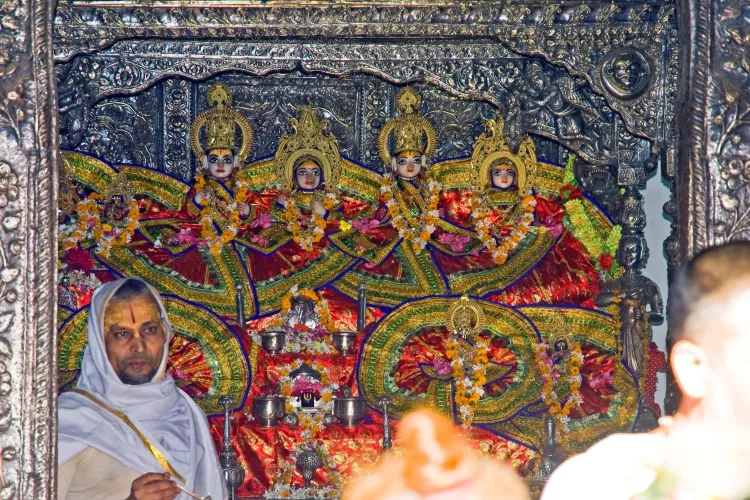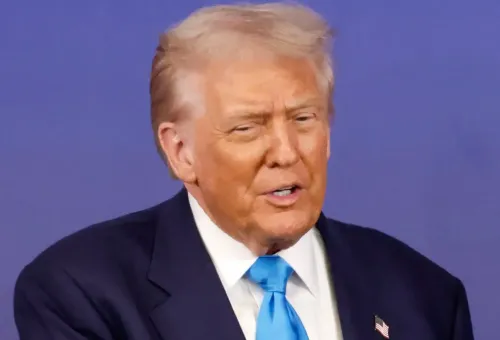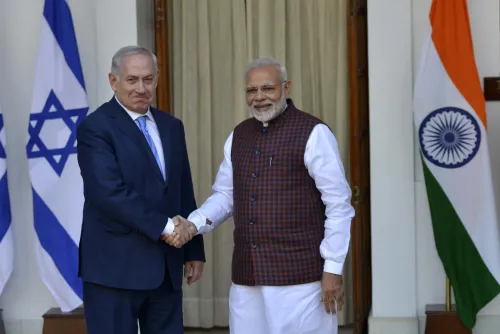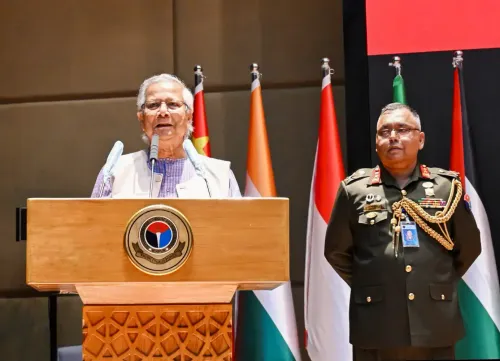What Makes 'Vivah Panchami' a Significant Celebration in Janakpur, Nepal?

Synopsis
Key Takeaways
- 'Vivah Panchami' is a pivotal celebration of the union of Lord Ram and Sita.
- The event draws tens of thousands of pilgrims from Nepal and India.
- Janakpur is regarded as the birthplace of Sita and a cultural hub.
- The festivities include traditional processions and rituals.
- 'Vivah Panchami' boosts local tourism and community spirit.
Kathmandu, Nov 25 (NationPress) A vibrant celebration enveloped the city of Janakpur, recognized for the sacred Janaki Temple, as the traditional re-enactment of the marriage between Lord Ram and Sita (Janaki) unfolded on Tuesday.
A ceremonial 'swayamvar' for Lord Ram and Sita was held at the historic Rangabhoomi ground in Barha Bigha, attracting tens of thousands of devotees from both Nepal and India to participate in the festivities. This event, celebrated as 'Vivah Panchami', is a significant Hindu festival that honors the sacred union of Ram and Sita from the Ramayana.
According to Janakpur Deputy Mayor Kishori Shah, "Approximately 300,000 to 400,000 pilgrims visited Janakpur to witness the traditional wedding ceremony of Lord Ram and Sita in our city." He noted that numerous visitors from various districts in Nepal and the Indian states of Bihar, Uttar Pradesh, and Maharashtra came to join the celebration.
A splendid wedding procession, adorned with traditional floats and hymns, traveled from the Ram Temple in Ayodhya, carrying the idol of Ram, while another group departed from the Janaki Temple in Janakpur bearing the idol of Sita.
Both groups converged at the historic Barha Bigha Rangabhoomi, where the ceremonial 'swayamvar' was enacted, with tens of thousands of devotees present to witness the grand procession and rituals.
The wedding is believed to have occurred on the fifth day of the waxing moon in the month of Mangsir (Marga Shukla Paksha) during the Treta Yug in the Mithila region. Janakpur, the capital of Madhesh Pradesh in Nepal, is traditionally regarded as the birthplace of Sita and the capital of ancient Mithila.
Shah mentioned plans for a Ram Kalewa ceremony on Wednesday, a tradition involving the distribution of various foods—including sweets, vegetables, grains, curd, and ghee—to the groom's procession.
He further stated that Vivah Panchami has been instrumental in promoting tourism in Janakpur, drawing tens of thousands of pilgrims to the city.







